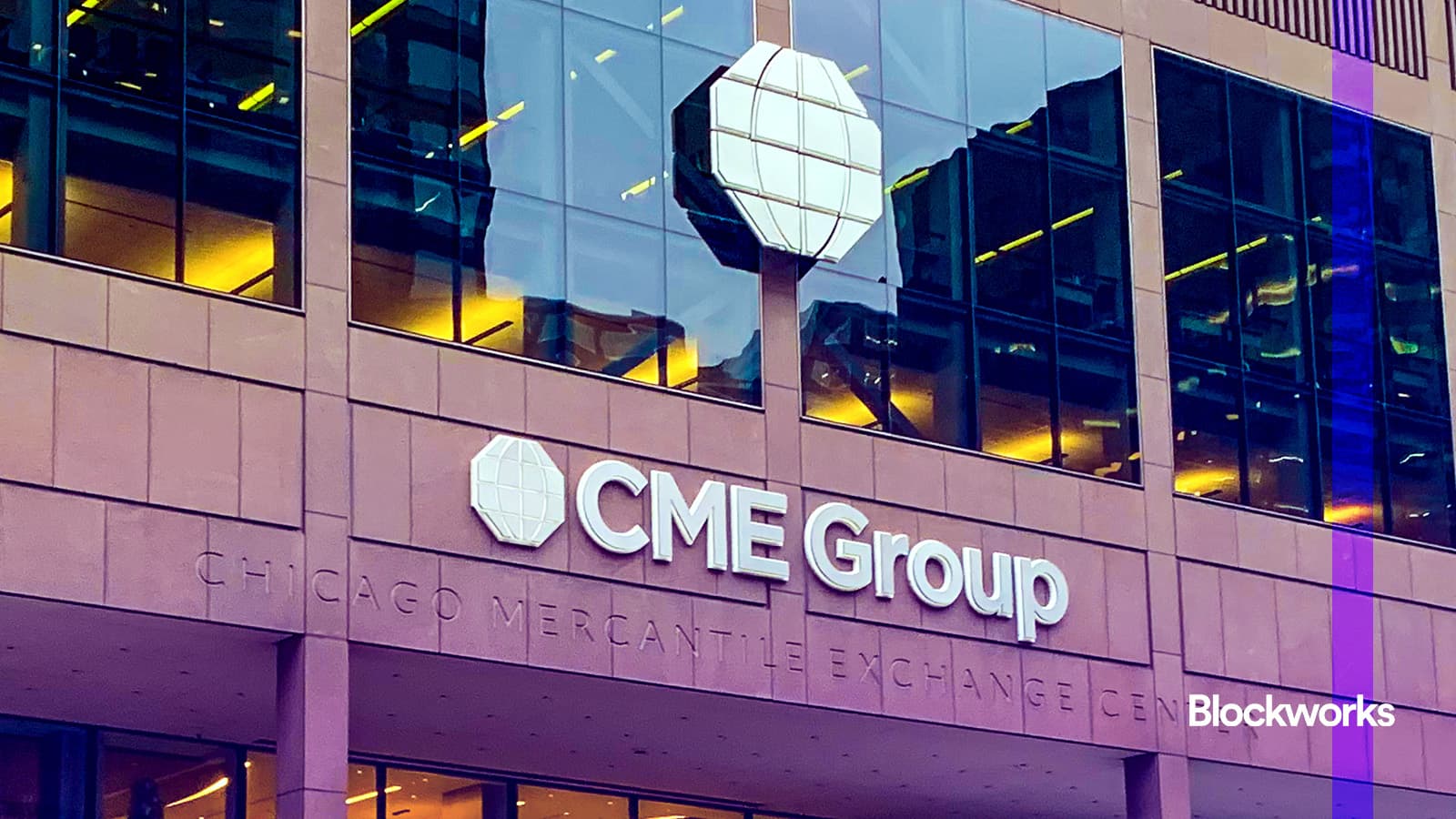Analysts raise alarm of legal loopholes in Musk's $1 trillion Tesla bonus package
Back in September, Tesla’s board rolled out an eye-watering $878 billion compensation package for Elon Musk. They told investors he’d have to hit some pretty extraordinary targets over the next decade to earn it. But when you actually dig into the details, Musk could pocket tens of billions without checking off most of those ambitious boxes.
The board made it sound like Musk would need to “completely transform Tesla and society as we know it” through robotics and self-driving technology, while also pumping up stock prices and profits. They promised he’d get nothing if he didn’t meet these tough benchmarks.
Reuters took a closer look at the actual requirements and talked to over twelve analysts, people who specialize in executive pay, company valuations, robotics, and the auto industry.
What they found tells a different story. Turns out Musk could walk away with more than $50 billion by hitting just a handful of relatively straightforward goals, without necessarily revolutionizing how Tesla operates.
If he only meets the two easiest targets, combined with some moderate stock growth, he’d pocket $26 billion. That’s more than the lifetime earnings of the next eight highest-paid CEOs combined. We’re talking Mark Zuckerberg, Larry Ellison, Tim Cook, and Jensen Huang. Research firm Equilar crunched those numbers.
Vehicle sales target set below 2024 performance
Four automotive analysts said the vehicle sales targets are surprisingly easy to hit. If Musk sells an average of 1.2 million cars per year through 2035, he gets $8.2 billion in stock once Tesla’s market value goes from $1.4 trillion to $2 trillion. That growth is actually below typical long-term market performance, and it’s 500,000 cars per year less than what Tesla sold in 2024.
Just this Tuesday, the company started offering cheaper versions of the Model Y SUV and Model 3 sedan because sales have been dropping.
Six robotics and self-driving commentators pointed out three product development targets that use pretty vague language. The wording might let Musk claim big payouts without actually boosting profits much.
A Tesla board rep said the compensation only has value if two things happen. First, the company’s valuation needs to nearly double, and second, Musk has to hit a designated operational target.
The deal requires Musk to stick around as a Tesla executive for at least 7.5 years to get the stock. But here’s an interesting twist. He’d get voting power from those shares right away, as soon as he earns them.
Full self-driving subscriptions could be met easily
Each target gives Musk 1% of Tesla stock when paired with valuation milestones between $2 trillion and $8.5 trillion.
For instance, he needs 10 million subscriptions to Tesla’s “Full Self-Driving” software, which, by the way, still needs a human watching it. The requirement only asks for an “advanced driving system” without any mention of actual autonomous capability.
William Widen, who teaches at the University of Miami and focuses on autonomous driving, called this a “made-up term” with no standard industry definition. Analysts think Tesla could hit that subscription number just by dropping the current $8,000 upfront cost or $99 monthly fee. China’s BYD, Tesla’s biggest competitor, already gives a similar system away for free.
Another target calls for one million robotaxis “without a human driver in the vehicle.” Four commentators said this wording could allow for humans controlling the cars remotely or even sitting in the passenger seat, which Tesla already does in Austin, Texas.
Then there’s the robot target. One million robots produced. It seems to mean the Optimus humanoid robots, but the actual contract doesn’t say “humanoid.” Instead, it broadly defines a “bot” as any mobile physical product powered by AI.
As reported by Cryptopolitan earlier, a group of major Tesla investors has already voiced opposition to the package, arguing the performance criteria are vague and the board isn’t independent enough from Musk.
Hit any two product goals within ten years, plus reach a $2.5 trillion valuation? That pays Musk $26.4 billion. Three targets and a $3 trillion valuation? $54.6 billion.
Gene Munster, managing partner at Deepwater Asset Management (which invests in Tesla), acknowledged the loose wording but thinks investors will ultimately demand real transformational products. “If people start smelling there’s something goofy here, he’s in trouble,” Munster said.
Don’t just read crypto news. Understand it. Subscribe to our newsletter. It's free.
You May Also Like

Ethereum Name Service price prediction 2025-2031: Is ENS a good investment?

Building with AI: How a Nigerian Engineer Is Simplifying Solar Energy Decisions
